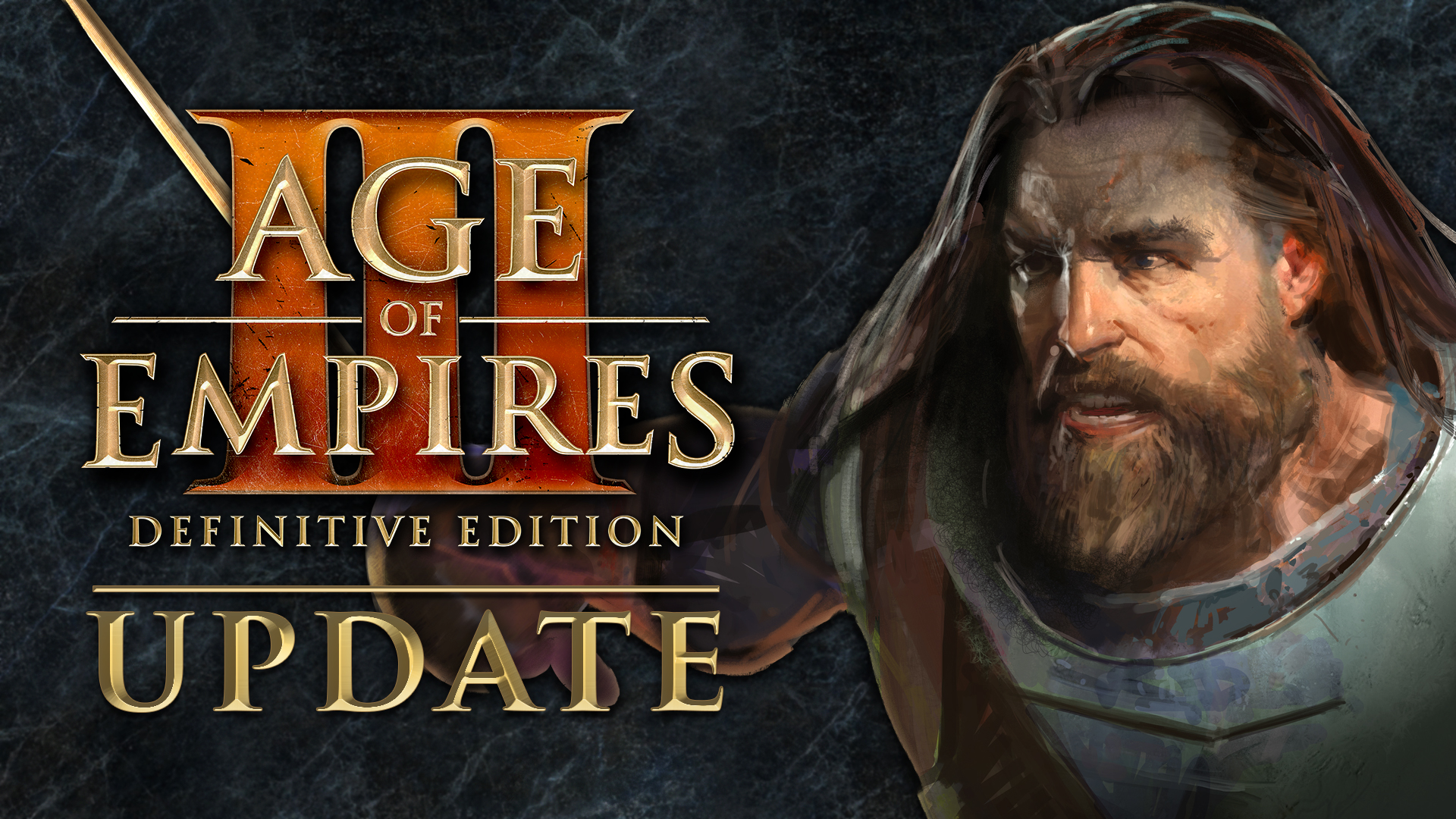
The Native American tribes with whom you can forge alliances are still found in The WarChiefs, although the Huron, Cheyenne, and Zapotec replace the Iroquois, Sioux, and Aztecs, respectively.

When one of those tribes upgrades to a new Age, you select one of the five members of the council and dictate the focus of future growth: Chief (economic units), War Leader (military units and upgrades), Shaman (building upgrades), Wise Woman (economic upgrades), or Messenger (specialized military units and upgrades).

For example, the fertility dance speeds up unit creation while the earth mother dance increases the population limit.įinally, tribal councils govern the Iroquois and Sioux, rather than the Home Cities that direct the European nations affairs from afar. Up to 25 villagers can dance around the fire pit, giving a bonus to their nation thats based on the type of dance theyre performing. When a War Chief dies, he can be resurrected at the fire pit, a structure that is also unique to the three Indian tribes. War Chiefs grant different types of bonuses they vary by tribe to surrounding units, and they can convert treasure guardians, such as bears and outlaws, to their side, rather than killing them. First among those benefits is the War Chief, who replaces the explorer given to each European nation at the beginning of the game. Rather than simply rehash the basic dynamics of the eight European nations introduced in the original game, the three Indian tribes found in The WarChiefs feature unique advantages. Chaytons story culminates in the Battle of the Little Bighorn, where General Custer made his famous final stand. He later defends mining camps in the Black Hills of Dakota from Sioux attacks, but he decides to switch allegiances when ordered to destroy a Sioux village. In act two, Nathaniels grandson, Chayton Black, finds himself in the middle of Red Clouds War, a late 1860s conflict in which the Sioux fought the United States. They later side with Colonel George Washington and help him win the Revolutionary War. Continuing the story of the Black family, which started in the original game, act one concerns Nathaniel Black and his Iroquois uncle, Kayenke, who fight Mohawk and Seneca tribes allied with the Hessians. That idea forms the basis of the two-part single-player campaign, ∿ire and Shadow, found in The WarChiefs. There is plenty of precedence for this in history, Street adds, referring to real-life alliances between Native Americans and the Europeans who encountered them. Instead, we wanted the Native Americans to feel more like a potential resource over which colonists could compete. While thats still the case in Age of Empires III: The WarChiefs, the expansion pack also brings with it three tribes the Aztecs, Iroquois, and Sioux whose fortunes you can now control. We didnt want the Native Americans to just feel like an obstacle in the game, lead designer Greg Street explains when asked about their presence in Age of Empires III.


 0 kommentar(er)
0 kommentar(er)
